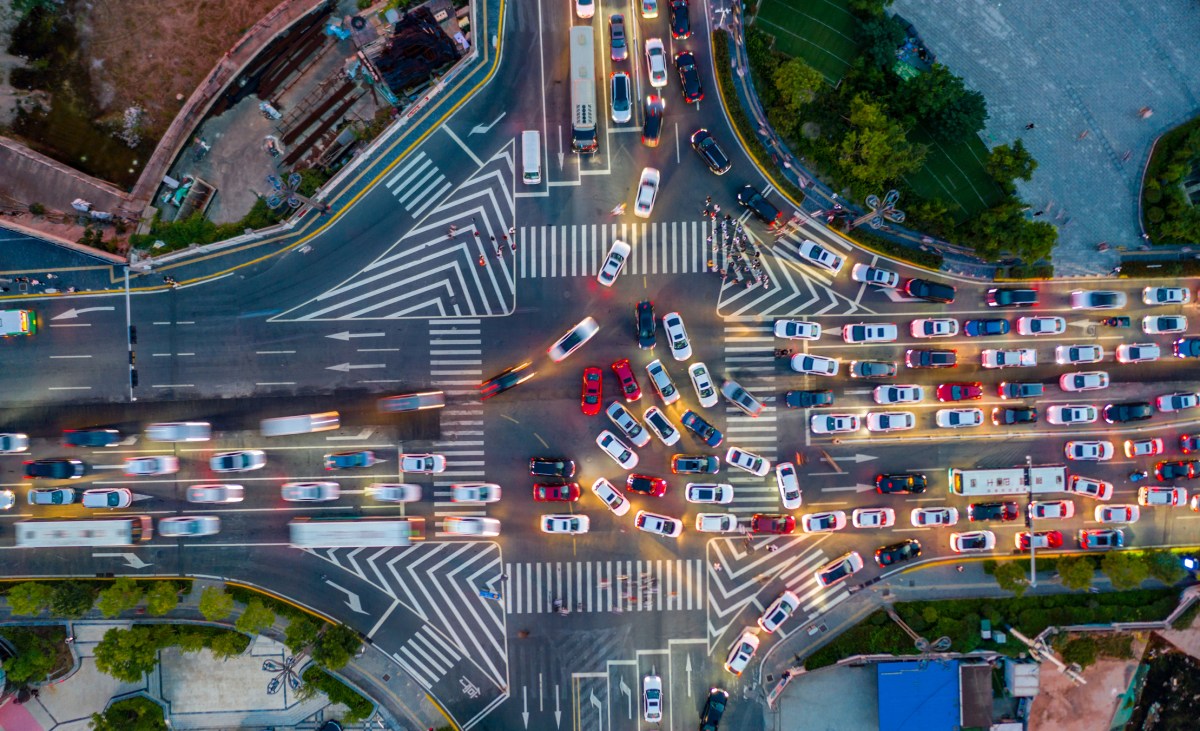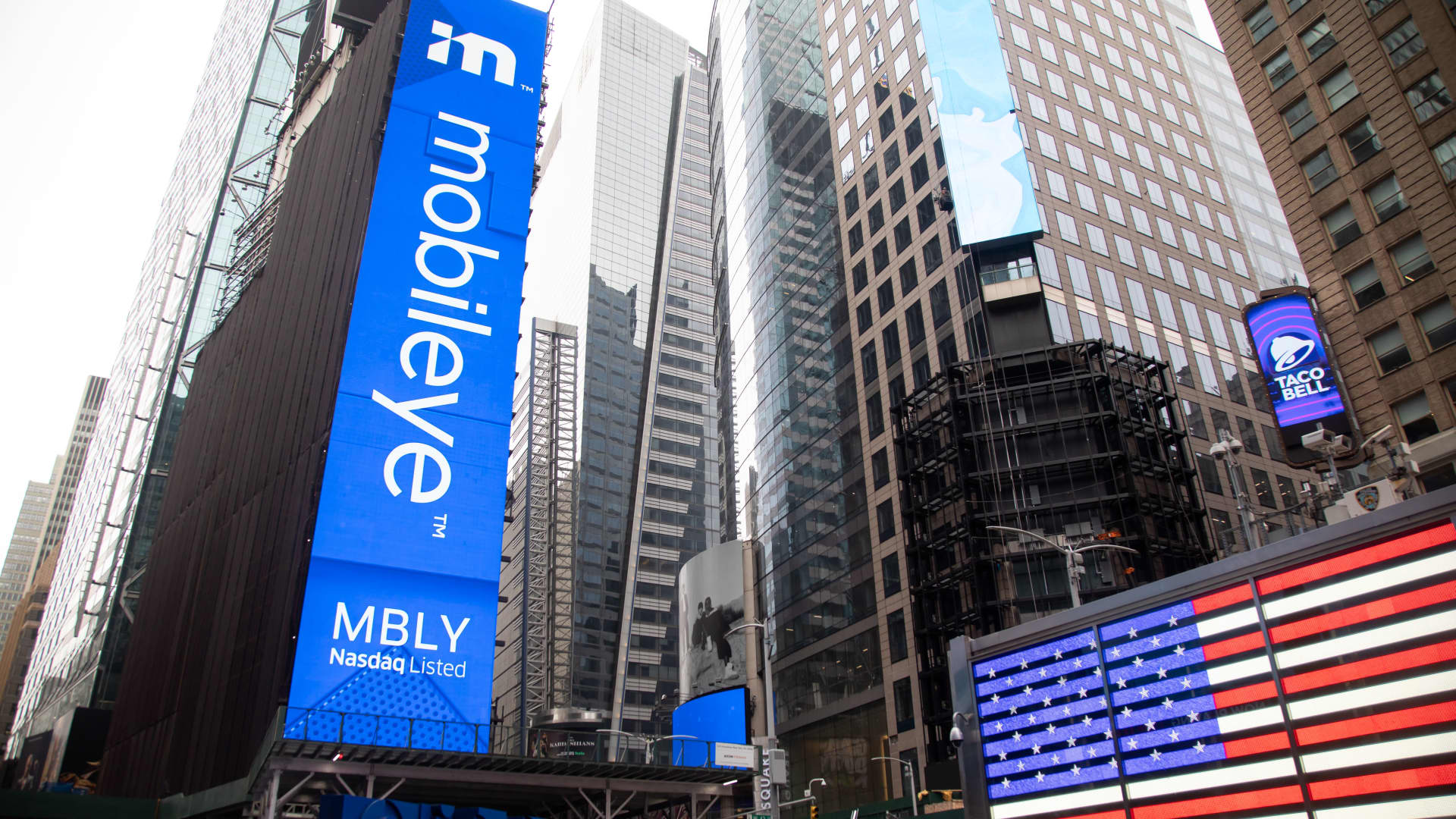I currently have Huawei's NCA above XNGP, although Huawei were unable to reach their goal of releasing ADS 2.0 that supports all cities by end of 2023 (so maybe Q1 2024?).I really can't wait for Tesla to get into China and then when those comparisons happen with XNGP and others we will see how good FSDbeta is.
But yes the comparison between XNGP, NCA and FSD will definitely be interesting!
I would be surprised if FSD Beta ends up better, given it's so fitted to US conventions and roads. Tesla also currently uses a more inferior navigation map provider in China last I looked. I don't think that necessarily predicts the performance if both were on equal footing. Probably releases in Europe will be more telling (there are some Chinese makes selling in Europe).
Another way to look at it: Tesla has millions of cars in China so they have unlimited access to data. They can just as easily train models from scratch using their existing NN architecture and China's data or they can finetune the US model. Either way.
Infact their driving policy going full end to end also helps because they don't have to write explicit code. They can just collect video data based on their understanding of China laws, roads, driving culture and train the China based driving policy model on that.
So I would say their performance in China would be representative of how good their system is overall. The main difference in China for them would be that things are a-lot more chaotic. So it will showcase their ability or in-ability to handle chaos.
Just so you know, I hold this same view for Mobileye aswell. They have 150k+ cars in China, so the delays they are having shows their in-ability and not just the fact that its not their home turf (Israel). So them driving in China cities will showcase their ability or in-ability to handle chaos.




